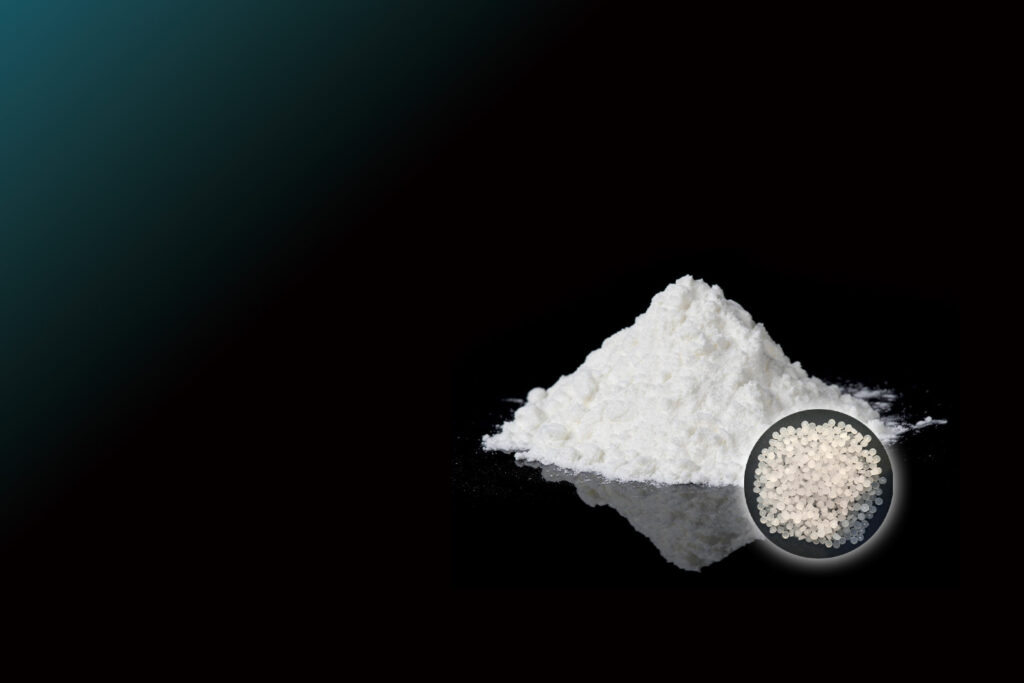Einführung
Sodium formate is a white, deliquescent solid with the chemical formula HCOONa. It is a salt of formic acid and sodium hydroxide. Sodium formate is a versatile compound with a wide range of applications, including:
In the food industry, sodium formate is used as a preservative, acidity regulator, and flavoring agent.
In the chemical industry, sodium formate is used as a starting material for the production of other chemicals, such as formaldehyde and methanol.
In the pharmaceutical industry, sodium formate is used as a topical analgesic and antiseptic.
Despite its many advantages, sodium formate also has some disadvantages. In this article, we will discuss five of these disadvantages and how you can work around them.

Disadvantage 1: Hygroscopicity of Natriumformiat-Molekül
One of the main disadvantages of sodium formate is its hygroscopicity. This means that it absorbs moisture from the air, which can cause it to clump together and become difficult to handle. To prevent this, sodium formate should be stored in a cool, dry place in an airtight container.
How to Workaround It
To prevent sodium formate from clumping together, you can add a small amount of a drying agent, such as calcium chloride or silica gel, to the container. You can also store sodium formate in a desiccator, which is a sealed container that contains a drying agent.
Disadvantage 2: Low Melting Point of Natriumformiat-Molekül
The melting point of sodium formate is 256°F (125°C). This means that it can melt at relatively low temperatures, which can be a problem if it is exposed to heat. To prevent sodium formate from melting, it should be kept away from heat sources.
How to Workaround It
To prevent sodium formate from melting, you can store it in a cool, dry place. You can also add a small amount of a stabilizer, such as starch or cellulose, to the sodium formate.
Disadvantage 3: Toxicity of Natriumformiat-Molekül
Sodium formate is a mild irritant to the skin and eyes. It is also slightly toxic if ingested. To avoid exposure to sodium formate, it is important to wear gloves and safety goggles when handling it.
How to Workaround It
To avoid exposure to sodium formate, it is important to follow the safety precautions listed on the product label. You should also wear gloves and safety goggles when handling sodium formate.

Disadvantage 4: Flammability of Natriumformiat-Molekül
Sodium formate is flammable. It has a flash point of 36°F (2°C). To prevent sodium formate from catching fire, it should be kept away from heat sources and open flames.
How to Workaround It
To prevent sodium formate from catching fire, it is important to store it in a cool, dry place away from heat sources and open flames.
Disadvantage 5: Poor Stability of Natriumformiat-Molekül
Sodium formate is not very stable. It can decompose over time, releasing formaldehyde. To prevent sodium formate from decomposing, it should be stored in a cool, dry place in an airtight container.
How to Workaround It
To prevent sodium formate from decomposing, it is important to store it in a cool, dry place in an airtight container. You can also add a small amount of a stabilizer, such as starch or cellulose, to the sodium formate.
Fazit
Despite its disadvantages, sodium formate is a versatile compound with a wide range of applications. By following the safety precautions listed on the product label and storing it properly, you can minimize the risks associated with using sodium formate molecule.

FAQ:
What are the uses of Natriumformiat?
Sodium formate has a wide range of uses, including:
| Anwendung | Beschreibung |
|---|---|
| Food industry | |
| Konservierungsmittel | Natriumformiat is used as a preservative in a variety of foods, including meat, cheese, and pickles. It inhibits the growth of bacteria and mold. |
| Acidity regulator | Sodium formate is used to adjust the acidity of foods. It is often used in carbonated beverages and baked goods. |
| Flavoring agent | Sodium formate has a slightly sweet and sour taste. It is sometimes used as a flavoring agent in foods and beverages. |
| Chemical industry | |
| Starting material for other chemicals | sodium formate molecule is used as a starting material for the production of other chemicals, such as formaldehyde and methanol. |
| Dyeing agent | Sodium formate is used in the dyeing of textiles. It helps to fix the dye to the fabric. |
| Papermaking | sodium formate molecule is used in the production of paper. It helps to improve the strength and durability of the paper. |
| Pharmaindustrie | |
| Topical analgesic | Sodium formate is used as a topical analgesic to relieve pain and inflammation. |
| Antiseptic | Sodium formate is used as an antiseptic to kill bacteria and other microorganisms. |
| Andere Anwendungen | |
| Grinding aid | Sodium formate is used as a grinding aid in the production of ceramics and other materials. |
| Biofuel | Sodium formate can be used to produce biofuel. |
| Water treatment | Sodium formate can be used to treat water to remove impurities. |
Welche Sicherheitsvorkehrungen gibt es bei der Handhabung? Natriumformiat?
Sodium formate is a mild irritant to the skin and eyes. It is also slightly toxic if ingested. To avoid exposure to sodium formate, it is important to wear gloves and safety goggles when handling it. You should also follow the safety precautions listed on the product label.
How do you store Natriumformiat properly?
Sodium formate should be stored in a cool.



